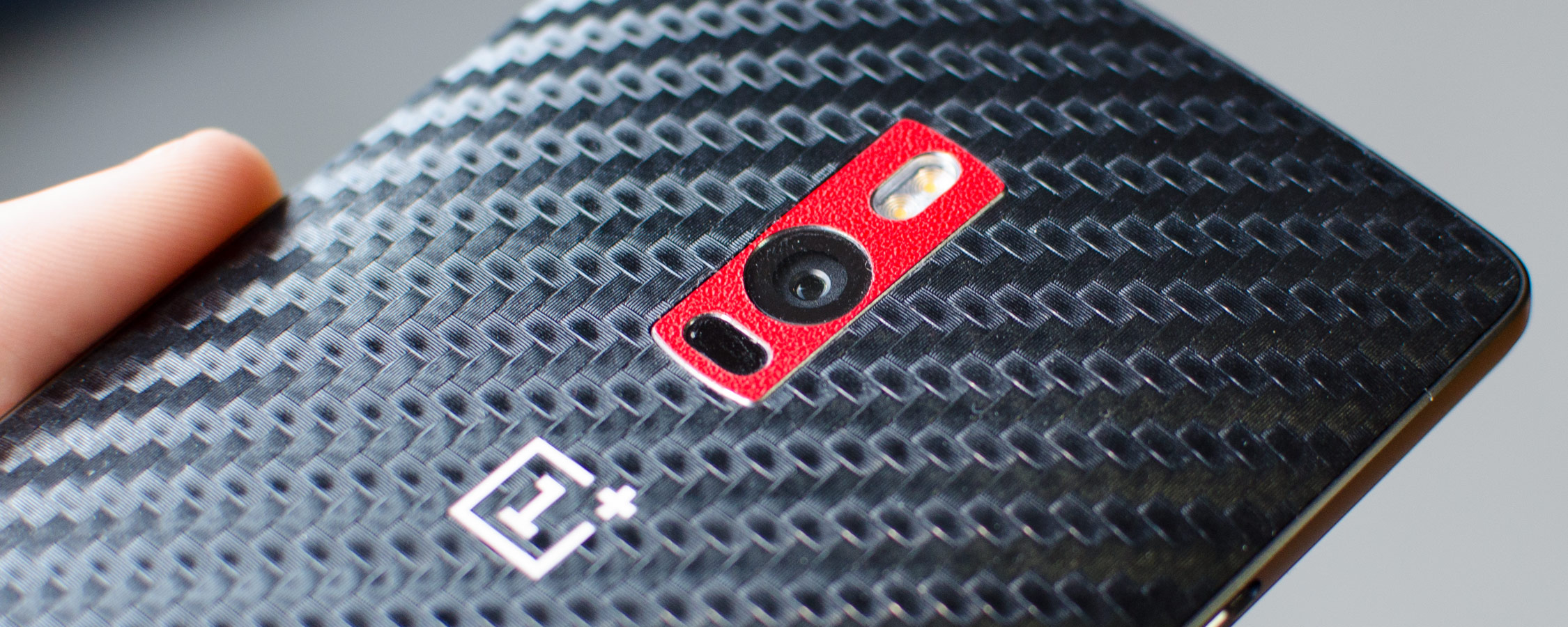GPU and NAND Performance
Moving on to GPU-heavy workloads, let's see how the OnePlus 2 performs relative to other devices on the market. In a somewhat odd coincidence, both of the other Snapdragon 810 devices I've reviewed - the LG G Flex 2 and the HTC One M9 - both feature 1080p displays, which makes for an interesting comparison.



Once again, the OnePlus 2 is slightly faster than the One M9 and LG G Flex 2 in GPU-heavy benchmarks. Both of these devices also feature 1080p displays, so there was no advantage in on-screen tests, and I'm yet to see the power of the Adreno 430 paired with a 1440p display.


NAND performance results from the OnePlus 2 were decent but not outstanding, falling one rung behind the Galaxy S6 in sequential and random performance.

The above graph illustrates how the OnePlus 2 throttles under a consistent graphics load. The device does get reasonably hot, judging by its self-reported temperature, and performance steadily drops away over the course of nine minutes before levelling out. After around 25 minutes, performance drops once again as the device exceeds 40 degrees celsius.
There are a couple of things to note here. Firstly, the OnePlus 2's steady-state on-screen performance after 25 minutes is still greater than that of the LG G4, which uses a Snapdragon 808 SoC and exhibits nearly no throttling. Secondly, although the OnePlus 2 does not sustain peak performance for very long, it consistently outperforms the Galaxy S6 in on-screen rendering over the entire period of the benchmark.
